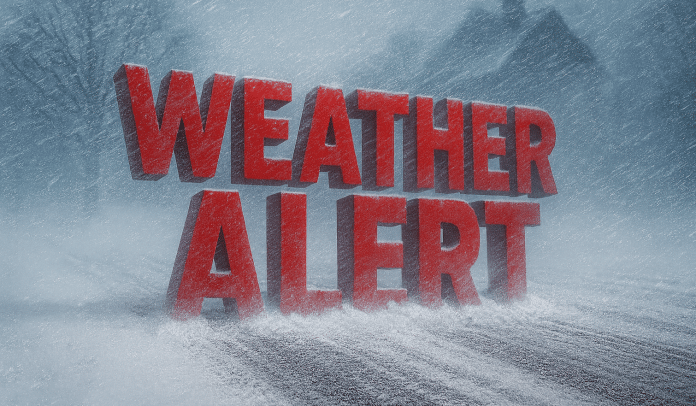Portland, OR – The National Weather Service is warning drivers across the Pacific Northwest — including Washington, Oregon, and Idaho — about the dangers of snow squalls, which are brief but intense bursts of snow and wind that can create whiteout conditions and icy roads in minutes.
Though uncommon compared to the Great Lakes and Northern Plains, snow squalls can occur in the Pacific Northwest when cold Arctic air masses collide with moist Pacific systems, especially along the Cascade passes, the Columbia Plateau, and the Idaho Panhandle.
Forecasters describe snow squalls as “mini blizzards” — short-lived but capable of producing visibility near zero, strong gusts over 40 mph, and rapid temperature drops that flash-freeze roadways. They can cause sudden multi-car accidents, particularly along I-84 through the Columbia Gorge, I-90 near Snoqualmie Pass, and U.S. 95 through northern Idaho.
What Drivers Should Know:
- Visibility can drop to near zero almost instantly.
- Roads may ice up within minutes, especially at higher elevations.
- If a Snow Squall Warning is issued, delay travel or exit highways safely until it passes.
- Reduce speed, turn on headlights, and avoid abrupt braking.
According to the NWS, Snow Squall Warnings are short-term alerts lasting 30–60 minutes and are issued for high-impact, fast-moving winter events that threaten motorists. While total snow accumulation is typically under 2 inches, the rapid freeze-up and whiteout conditions make them among the most dangerous winter weather phenomena.
Drivers crossing the Cascades or northern mountain passes should remain alert from late fall through early spring, when Arctic fronts and elevation changes can trigger sudden bursts of snow.
For real-time alerts and road conditions, visit weather.gov/seattle, weather.gov/portland, or weather.gov/spokane for regional forecasts and Snow Squall Warnings.





